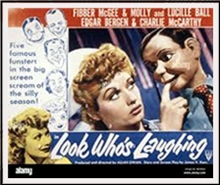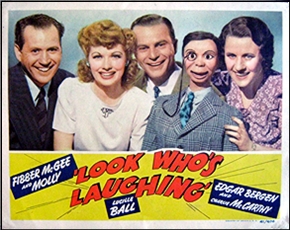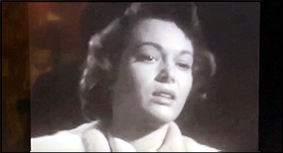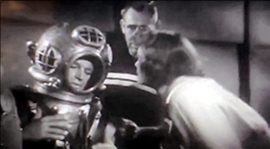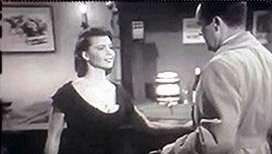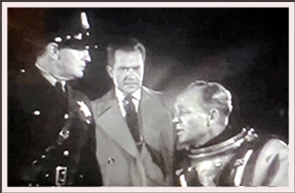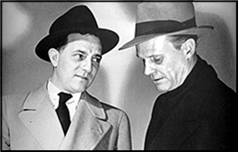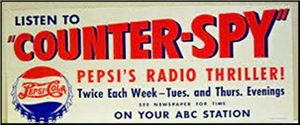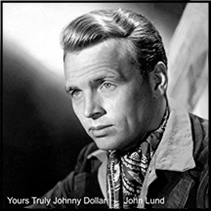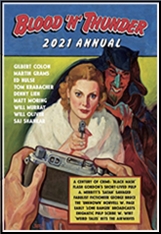Mon 20 Oct 2025
Archived OTR Review: SUSPENSE “Fire Burn, and Cauldron Bubble” (1943).
Posted by Steve under Old Time Radio , Reviews[4] Comments
SUSPENSE “Fire Burn, and Cauldron Bubble.” CBS Radio, April 6, 1943. Number 36 of 945 episodes. Writer: John Dickson Carr.
One of the favorite programs of old time radio fans is most certainly the famous Suspense series, which was also probably one or the longest running as well, It was on CBS radio more or less continuously from July 17, 1942, until the final episode, broadcast on September 30, 1962. For most of the early years, up until 1948, the man· who was both producer and director was William Spier, who certainly did his best to live up to the program’s motto of always withholding the final solution “until the last possible moment.”
During the first two or three years’ run, many of the scripts were written by none other than John Dickson Carr, doubtlessly the most famous practitioner of the Locked Room Mystery, with more than 70 published novels to his credit. Most of them contain some form of impossible puzzle challenge to the reader, and if I’m a fair sample, most of his millions of readers usually failed the test.
My own personal favorite or the Carr/Suspense collaborations was first heard on April 6, 1943, and is entitled “Fire Burn, and Cauldron Bubble”, The star was. (then) famous movie actor Paul Lukas, who played a professional magician responsible for the special effects in putting on a performance of Shakespeare’s Macbeth (e.g. Banquo’s ghost) in London’s famed Drury Lane Theatre.
During the first act a former actress is killed in a theater box guarded by two loyal servants, in full view of 3000 unsuspecting people. No shot from a silenced revolver from across the theater, no dagger thrown from a neighboring box. She died of a stab wound through the right eye, and there’s no sign of the weapon anywhere.
Some clues; She’s too vain to wear glasses. The box underneath was paid tor, but it remained unoccupied. And a man sneaked in and out of an aisle seat on the ground floor during the performance ·
Besides the drama of the crime and its solution, what makes this particular program most memorable to me, at least, is that in the background the play is going on at the same time: the screeching of the witches and the loud, rumbling claps of thunder, always at the most appropriate moment.
Unfortunately, there is one question that just might remain in your mind even after the murderer’s identity is discovered. Why on earth was such a far-fetched method of killing the lady required? Don’t ask.
